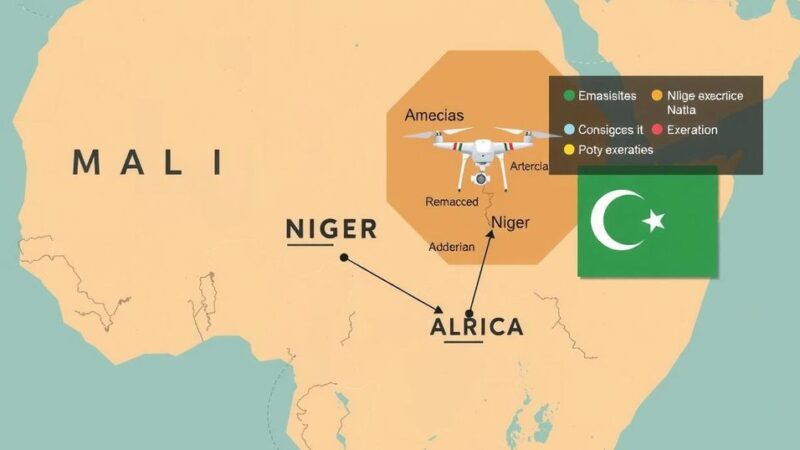German Federal President Frank-Walter Steinmeier and Reinhard Genzel visited the Paranal Observatory in Chile, highlighting the threat posed by a planned industrial plant nearby. The visit underscores the critical role of the observatory in astronomical research and the need for governmental support to protect its unique conditions for observation. Genzel hopes for a compromise to preserve the site.
On a recent visit to Chile, German Federal President Frank-Walter Steinmeier and his delegation, including Reinhard Genzel, Director of the Max Planck Institute for Extraterrestrial Physics, toured the threatened telescope site at the European Southern Observatory’s Paranal Observatory. They emphasized the significance of the Extremely Large Telescope (ELT), which is poised to become the world’s largest optical and infrared telescope, capable of exploring the atmospheres of distant Earth-like planets. However, the construction of an industrial plant nearby threatens the clear viewing conditions essential for this astronomical research.
For decades, Reinhard Genzel and the Max Planck Institute for Extraterrestrial Physics have been integral to advancements made at the Paranal Observatory. They contributed groundbreaking technology that enabled the Very Large Telescope (VLT) to connect its four 8-meter telescopes. This technology facilitated the discovery of the supermassive black hole at the Milky Way’s center, for which Dr. Genzel received the Nobel Prize in Physics in 2020.
The VLT is currently being upgraded with Gravity+, an initiative led by MPE that incorporates advanced adaptive optics to enhance astronomical observations. The institute is also involved in the development of the ELT, providing a significant instrument, MICADO, which will greatly enhance its observational capabilities upon completion.
The future of the Paranal Observatory is under serious threat from a planned industrial facility by AES Corporation, spreading over 3,000 hectares. This development would create significant light and air pollution, which would hinder astronomical observations. Located in the Atacama Desert, renowned for its pristine skies, Paranal offers exceptional conditions for advanced research, making the preservation of this site critical.
All institutions based at Paranal are advocating for the relocation of the AES project just a few kilometers away to alleviate the conflict between industry and scientific research. Reinhard Genzel expressed hope for a reasonable compromise, stating that resolving the location of the plant could preserve the observatory’s functionality for future research.
The political implications of the visit were underscored as the participating research institutions seek backing from the German government. President Steinmeier, who described the observatory as a “magical place,” highlighted its importance for German-Chilean cooperation in scientific research. He reiterated the necessity for the protection of this location from light pollution to maintain the high standards of astronomical research.
Additionally, during his visit to South America, Genzel lectured at the University of Chile and was awarded the Rector’s Medal in recognition of his contributions to science and cooperation with the Chilean astronomical community. He discussed progress in our understanding of supermassive black holes and the advancement of cutting-edge telescopes.
The visit of Federal President Frank-Walter Steinmeier and Dr. Reinhard Genzel emphasizes the urgent need to protect the Paranal Observatory site from industrial development. The collaboration between German institutions and their Chilean counterparts is crucial for maintaining world-class astronomical research. The commitment to find a compromise regarding the industrial facility underscores a harmonious balance between technological advancement and scientific exploration. Continued advocacy is essential to safeguard the unique conditions of this vital research location.
Original Source: www.mpg.de






